“Piñatex, I think, has got a very strong backstory, but more importantly, the story is true,” says Tom Dixon, OBE, director, and designer, Tom Dixon. The pineapple-leaf-based product is the brainchild of Dr. Carmen Hijosa, who has worked in the leather goods industry for several years. A visit to the Philippines exposed Hijosa to the shocking operations in leather tanneries, that depicted serious hazardous practices concerning humans and the environment alike. The palpable need to develop alternate solutions turned into a quest when she discovered a traditional Philippine garment made from pineapple leaves, the Barong Tagalog. She then stayed on to partner with local Philippine weavers to experiment and patent a new type of fabric, ready to disrupt the market: Piñatex by Ananas Anam, the makers of the innovative textile, founded by Hijosa which is now a Certified B Corporation®. Created out of discarded pineapple harvest which would otherwise be burnt, the material offers a sustainable alternative to synthetic and virgin-grown textiles whose raw materials are more energy and resource-intensive to produce.
Environmental concerns have long plagued the fashion industry. Excessive use of animal byproducts for leather accessories and garments leads to resource exploitation, resulting in environmental impact. The fabric intends to draw attention to the circular economy, zero-waste, and sustainable materials that are currently occupying the minds of industry leaders. “Piñatex encapsulates the future of fashion in so many ways; From bringing socio-economic stability in rural areas of the Philippines and Bangladesh to offering a more transparent and sustainable plant-based material to brands looking for alternative materials to leather and oil-based textiles, to the end consumer,” says Dr. Carmen Hijosa, founder and inventor of Piñatex. Her works aimed to develop reusable, economically viable, and conscious non-woven textiles that contributed to low carbon footprints.
With the usage of urban terms like ‘vegan leather,’ a marketing ploy to suggest environmental conservatism, myriad fruit based materials currently dominate the market. What makes Piñatex tick is its conscious narrative of cruelty-free and PETA-certified compliance. Piñatex® is also REACH compliant, which certifies that it used no hazardous chemicals in its production.
The felt-like product made from up to 95% bio-based resources is water-resistant, has an excellent tensile strength has already piqued the interests of industry bigwigs such as British designer Tom Dixon, fashion giants like Hugo Boss, H&M, Paul Smith, and Nike. While H&M launched the Conscious Exclusive Collection in 2019 - Piñatex, Nike introduced the pineapple leather into all five classic silhouettes for ‘Happy Pineapple. Meanwhile, Tom Dixon showcased a silver Wingback Chair upholstered in the pineapple textile. “Piñatex® is one of those rare products of design thinking that hits all the sustainability buttons at once: it is a material that is completely cradle to cradle, it substitutes leather that has a very heavy environmental and welfare impact, and it brings new income streams to subsistence farmers, allowing them to fully utilise their crops,” shares Clare Brass, director, Department 22, London-based innovation agency, forecasting and designing future food systems.
It takes about 480 leaves to produce one square meter of Piñatex, which weighs less and costs less than traditional leather. “The Piñatex supply chain is fully integrated and monitored by our company via strong partnerships while following the principles of a circular economy,” asserts Hijosa.
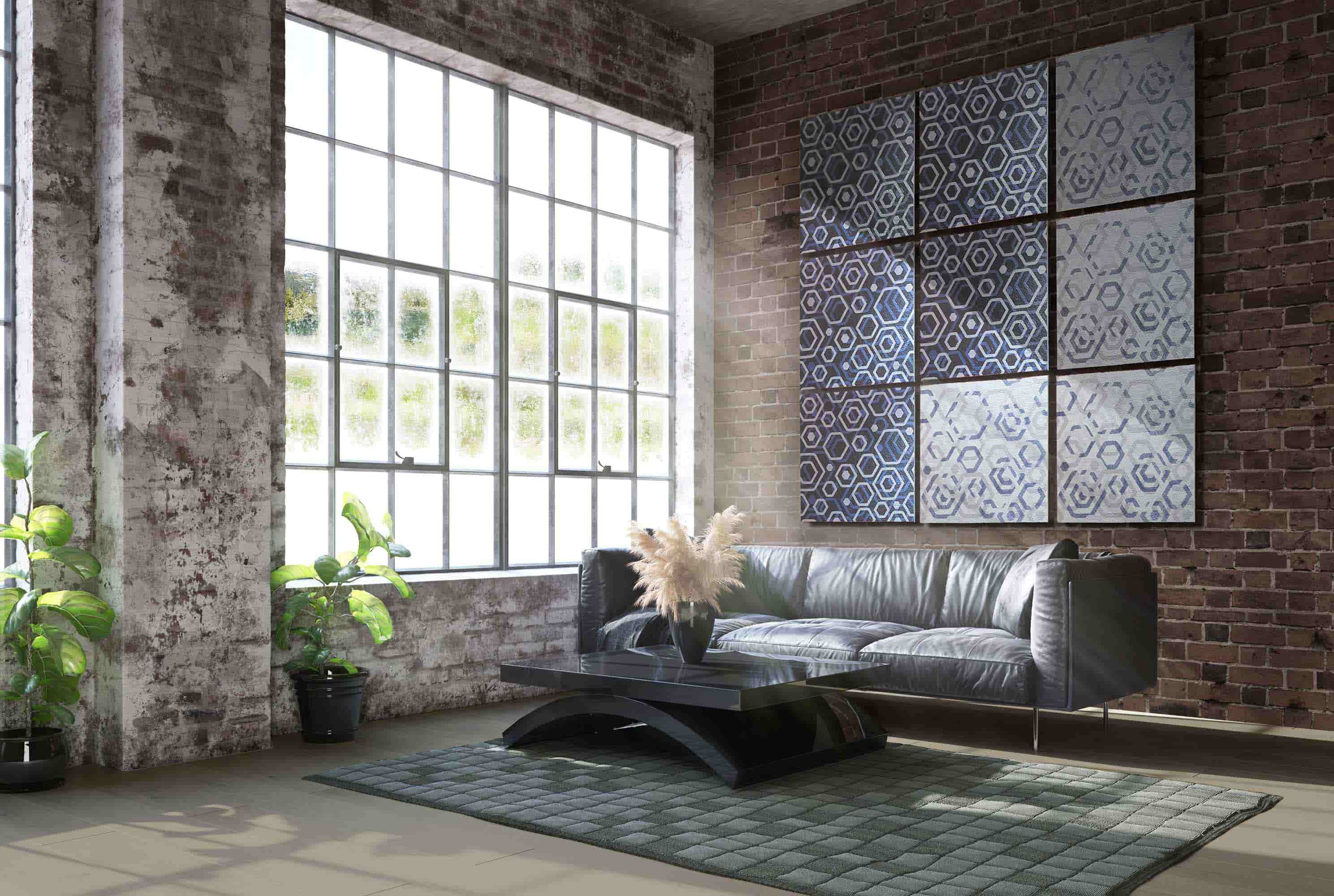
She takes us through the making of the material—Ananas Anam partners with Filipino farms and farming co-operatives which collect the suitable waste pineapple leaves and then extract the long leaf fibres. Further, an intensive cleansing process follows this to eliminate any possible contamination and then sundried. Sustainable technologies are applied to the waste leaves to convert the fibres into the raw material used in the base of Piñatex. The manufacturing process of the plant leaf fibres integrates a blend of corn-based polylactic acid (PLA) and is mechanically processed to create Piñafelt; a non-woven mesh that forms the base of all Piñatex collections. The textile achieves its vivid, tensile characteristics owing to the incorporation of coloured pigments and coats that aids its durability. "The implementation of Piñatex® will have far-reaching societal and environmental benefits," says Brass. "It is part of the revolution pushing for global equality, transparency and humanity in the fashion world," concludes Hijosa.






 Sign in with email
Sign in with email


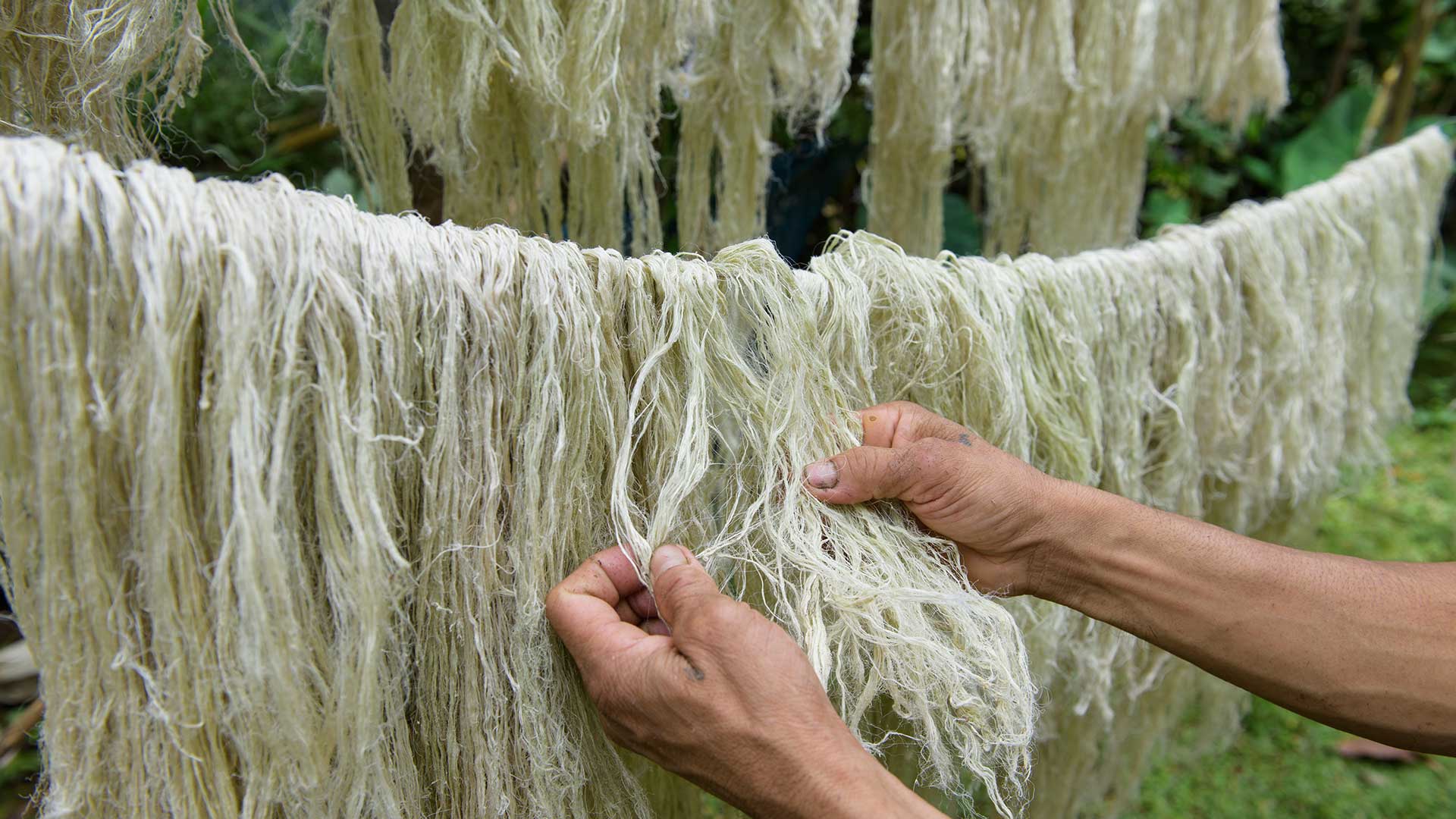
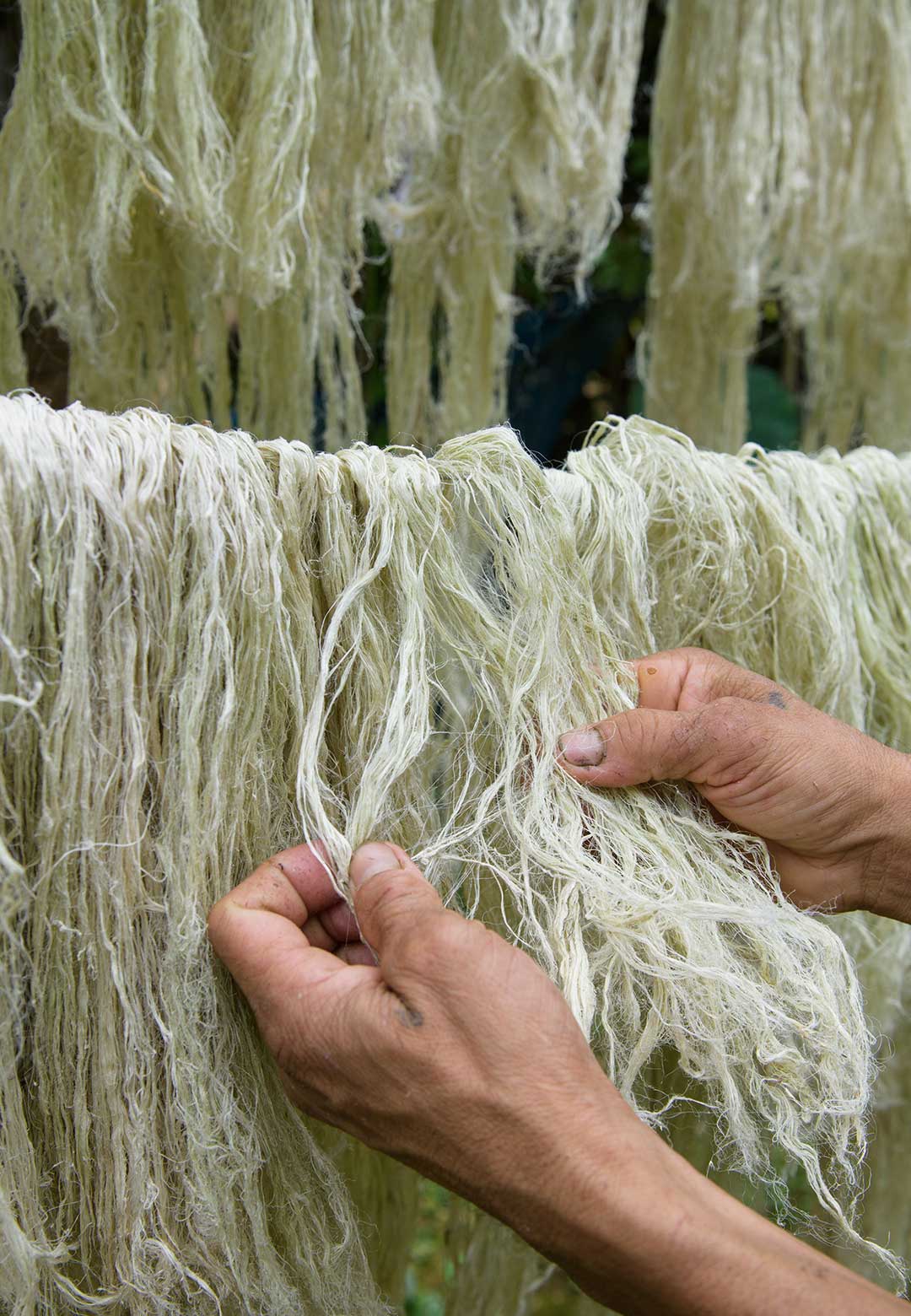
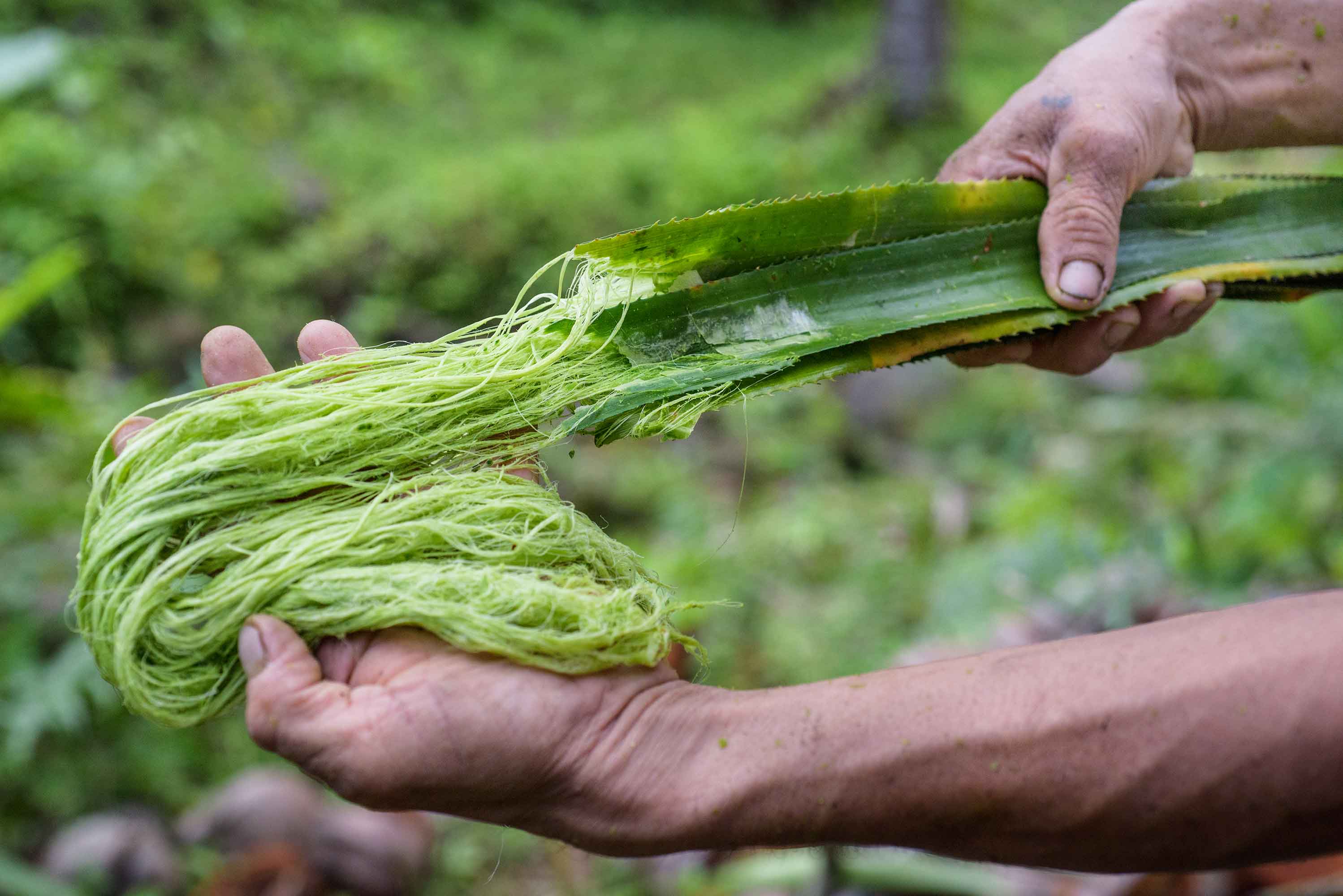
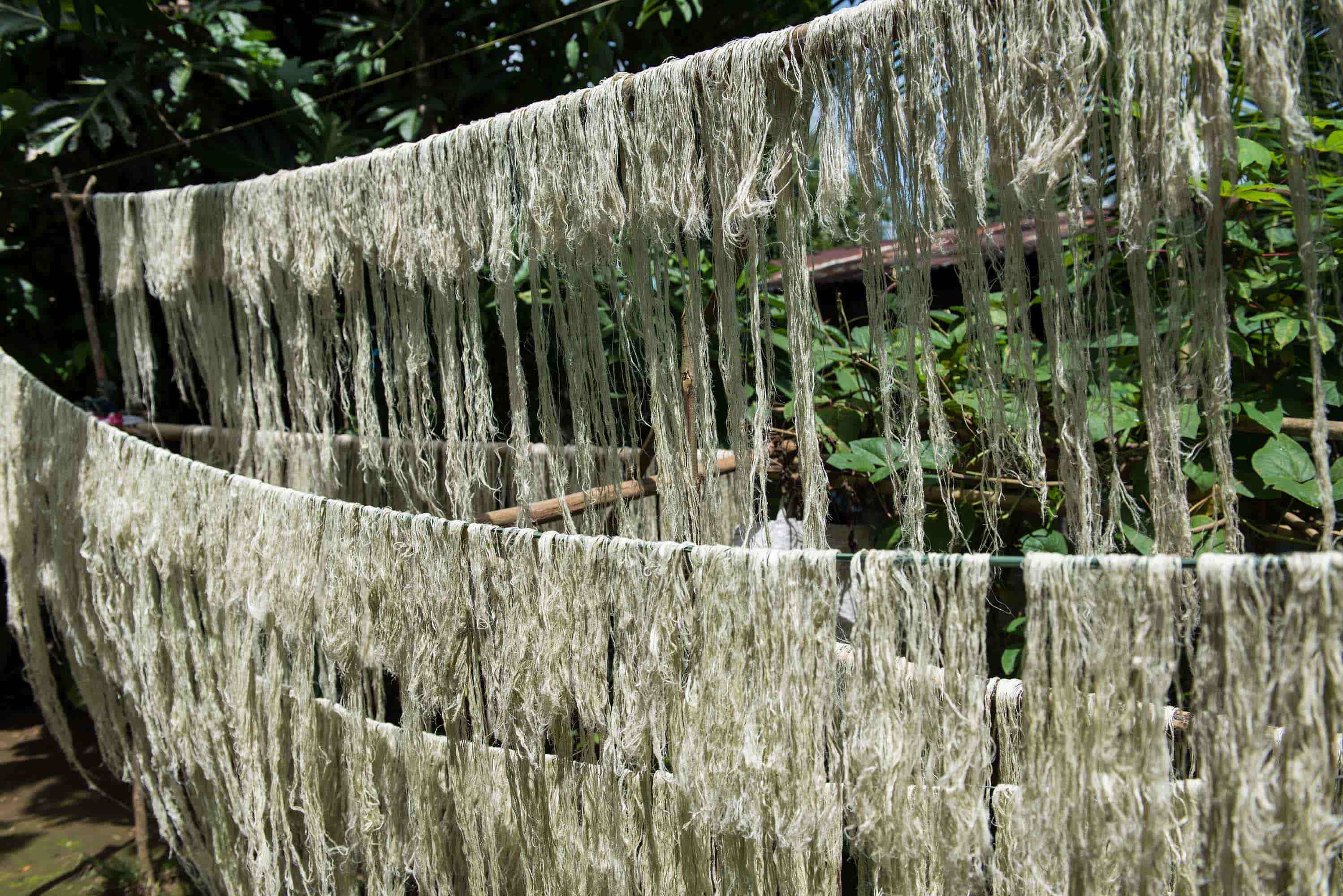
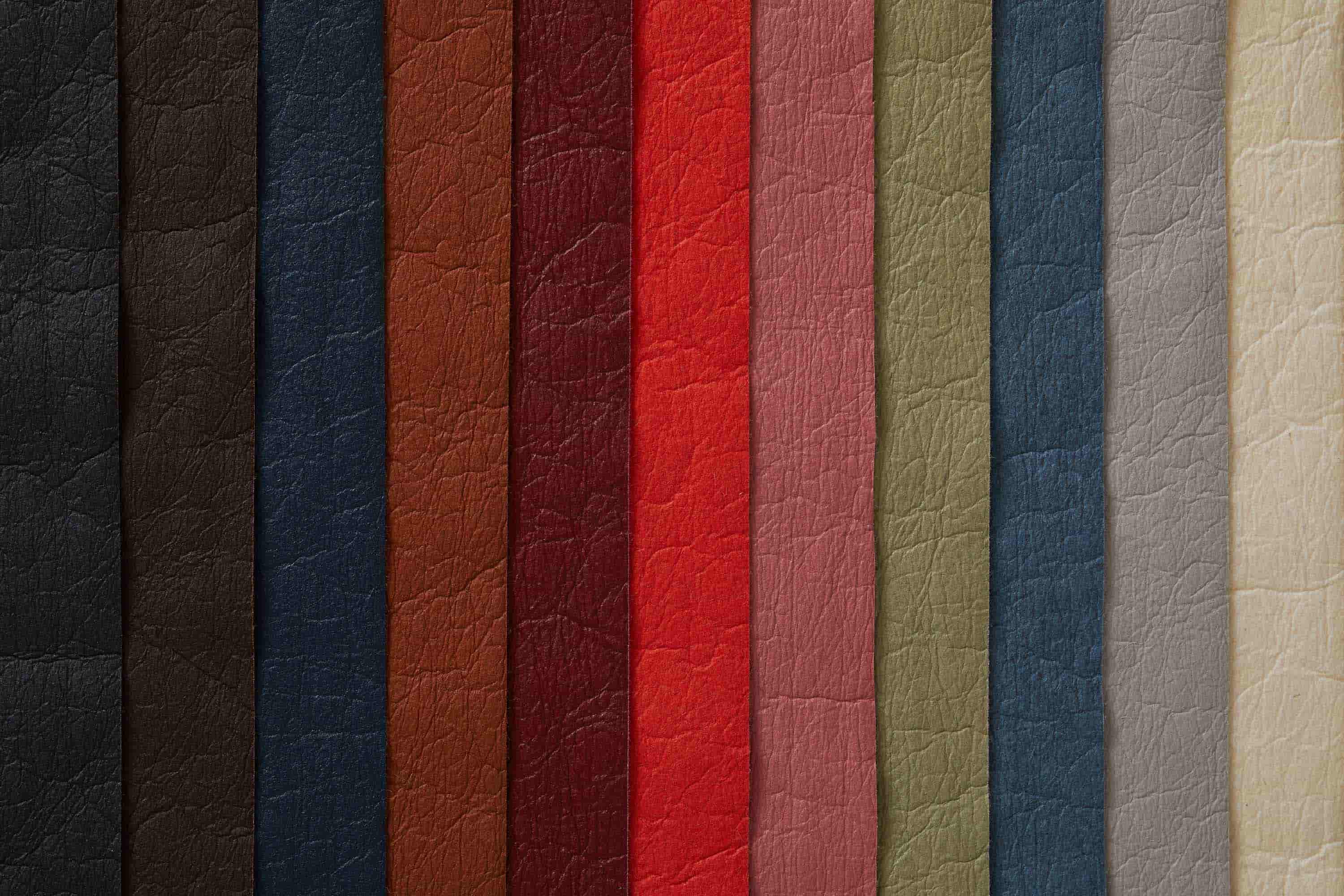
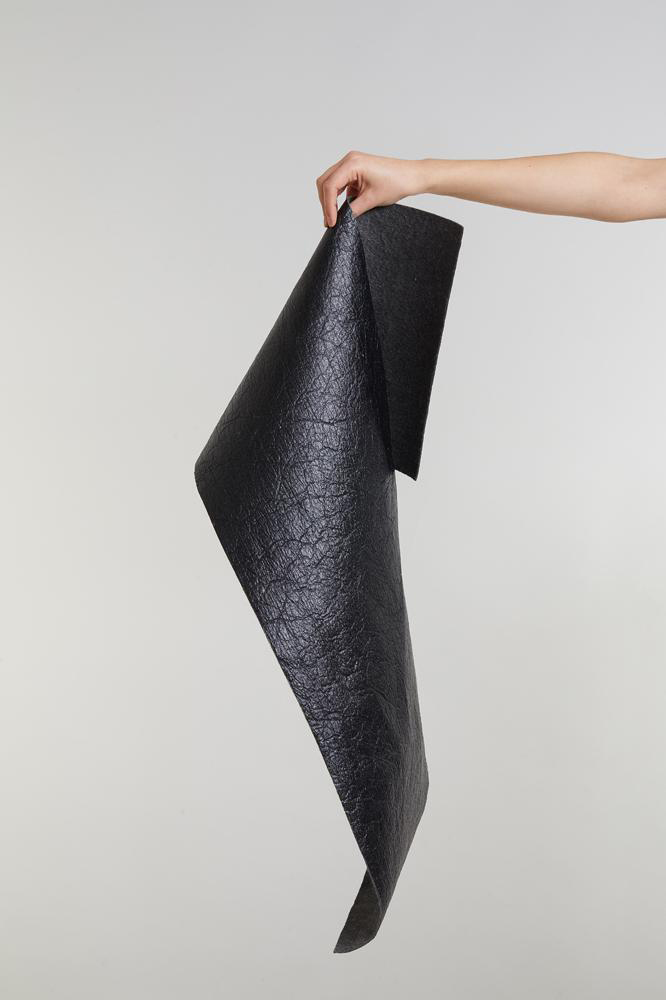
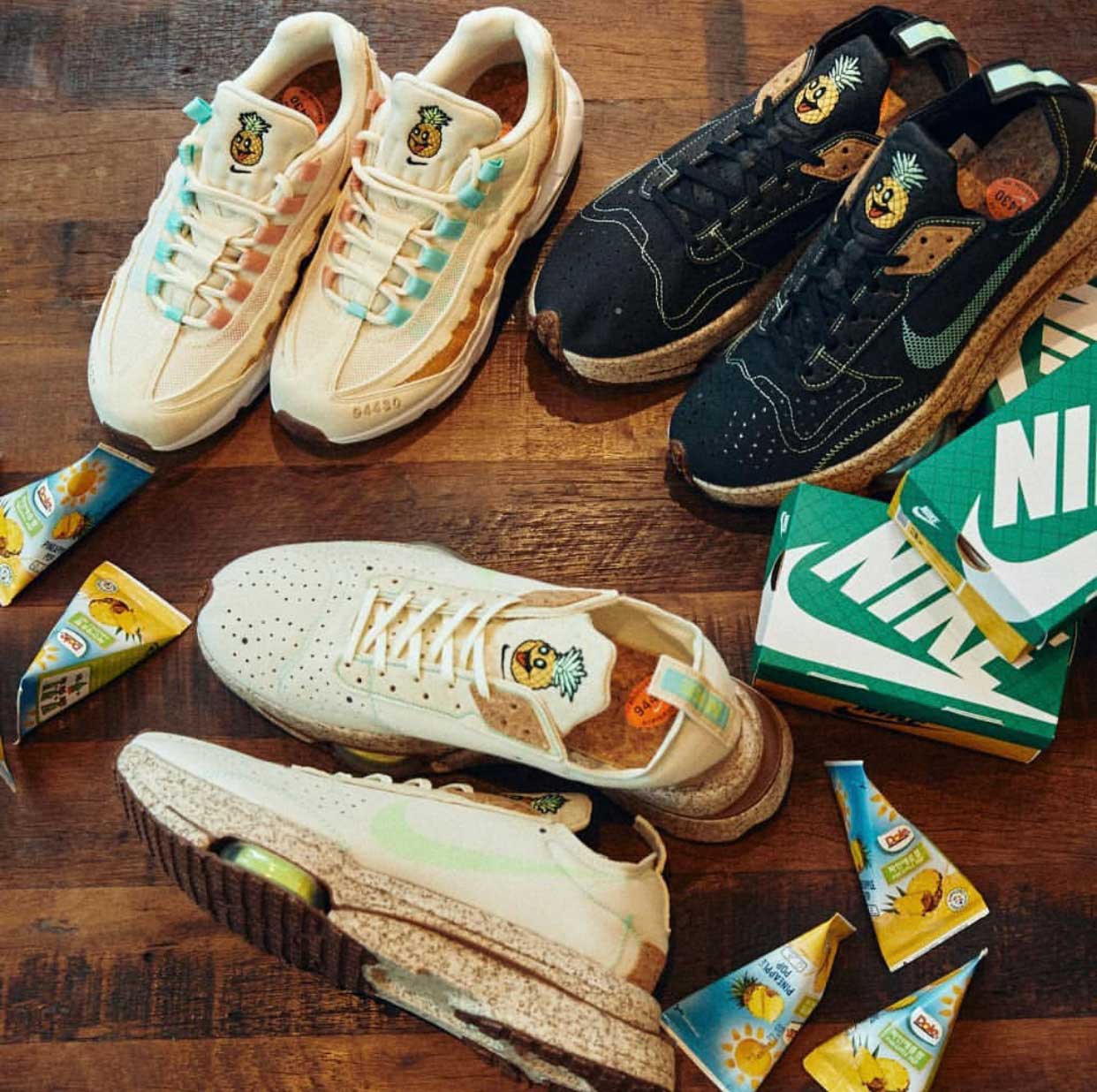






What do you think?